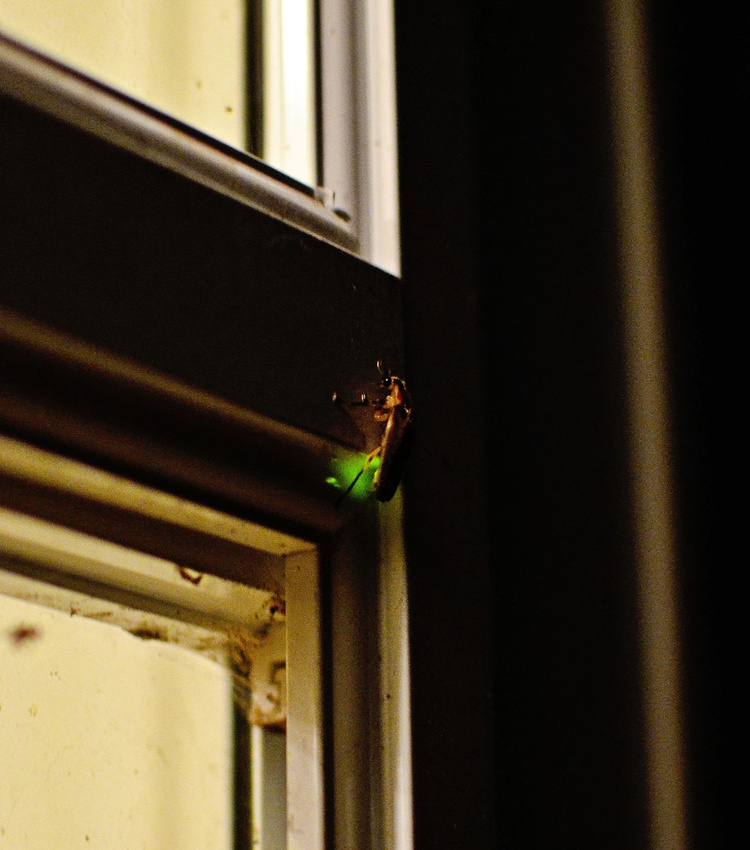The last flasher
 Last firefly
Last firefly
As has been too often the case in recent years, there have been very few fireflies lighting up the dusk and the night. To be sure, there have never been the numbers of "lightning bugs" on the various southern New England ridges I've occupied in my life as there were and maybe are in the Midwest meadows I've walked through and camped out in—unforgettable places in which you can barely tell where the stars end and the Lampyrid-flashing grasslands begin. I hope these light-making beetles are still abundant in these haunts, but they're certainly in steep decline throughout the more populated areas of southeastern Connecticut, where a combination of drought, habitat destruction, overuse of pesticides, and, intriguingly, light pollution, has made nature's special light show increasingly skimpy—a fireworks display in a town with less and less revenue to put on its former spectacle. Dramatic or not, the show comes to an end in late July, when the fireflies have finished mating and no longer need to flash their encoded light messages to receptive eyes. Now, it's about time for the females to begin laying eggs, but at least one male arrived on the screen door to try his luck in the attraction department. I hope someone answered the flasher's call.